Groundwater resources in the Jabal Al Hass region, northwest Syria: an assessment of past use and future potential

Authors:
In many cases, the development of groundwater resources to boost agricultural production in dry areas has led to a continuous decline in groundwater levels; this has called into question the sustainability of such exploitation. In developing countries, limited budgets and scarce hydrological data often do not allow groundwater resources to be assessed through groundwater modeling. A case study is presented of a low-cost water-balance approach to groundwater resource assessments in a 1,550 km2 semi-arid region in northwestern Syria. The past development of irrigated agriculture and its effect on the groundwater system were studied by analysis of Landsat images and long-term groundwater level changes, respectively. All components of the groundwater balance were determined. Groundwater recharge was estimated using the chloride mass balance method. Over the past three decades, groundwater levels have declined, on average, 23 m, coinciding with a two-fold increase in the groundwater-irrigated area. Groundwater resources are currently depleted by a value that lies between 9.5×106 and 118×106 m3 year−1, which is larger than can be compensated for by a future decrease in natural discharge or changes in boundary conditions. However, groundwater resources are likely to be sufficient to supply domestic and livestock needs in the area.
